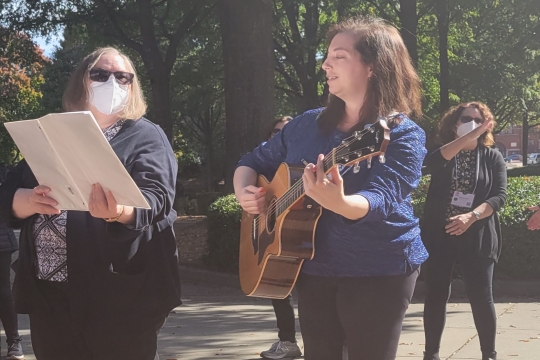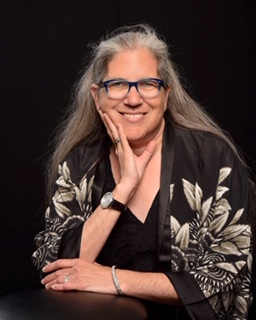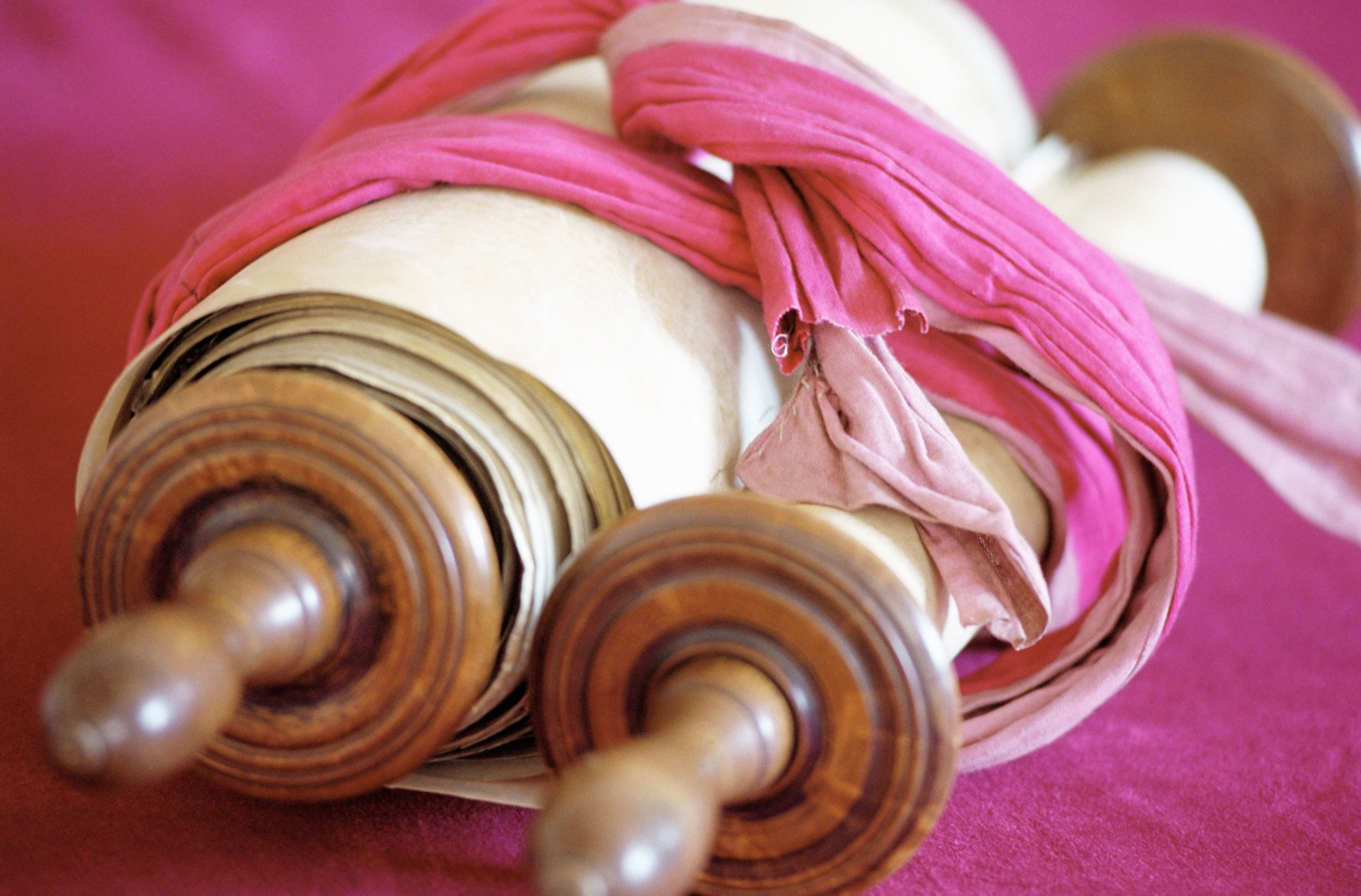
Wow! We are back to Parashat B’reishit, back to the beginning. We have just celebrated Rosh HaShanah, Yom Kippur, Sukkot, and finally Simchat Torah. The holidays have given us a chance to renew ourselves and commit to changes in our lives. Restarting our Torah reading allows us to come to the text with new eyes and perhaps a new commitment.
As women, we also study this parashah with an eye to our place in the Torah. In the first creation story, Genesis 1, women and men are equal. We are created at the same time as men and both of us are created “betzelem Elohim” “in the image of God.”
That seems to change in the second creation story beginning in Genesis 2. There, Adam is created, and God searches for a partner or helpmate for him. The two stories seem inconsistent. Why is Adam in need of a partner if male and female were created at the same time?
Some explain this discrepancy by viewing Adam as a being that is both male and female, maybe a conjoined twin or an intersexual person. In that understanding, God separated the being into two parts creating Adam and Eve. The word that is usually translated as rib can also be translated as side. Another traditional explanation is that the first woman was Lilith who refused to sleep under Adam because she was his equal. She escaped or was evicted from the Garden rather than give in to Adam. In the Middle Ages, she was seen as a queen demon. Now she is an honored foremother who fought for her equality. Thus, WRJ has Lilith Salons in which we discuss articles published in the Jewish feminist magazine, Lilith.
Whatever the reason for the need for a new woman, Eve is created in Genesis 2. While Judaism does not believe in “original sin,”, the Rabbis do accuse Eve of being a horrible temptress who led Adam down the wrong path. They use the story to argue against trusting women generally. Is that fair, though? Just as we have reimagined Lilith, it is time to reconsider Eve.
As we continue reading the story of Adam and Eve, we see that God commanded Adam not to eat the fruit of the tree of knowledge. Eve, however, saw “how desirable the insight was that the tree would bring.” (Gen 3:6). It was Eve’s desire for knowledge that caused her to eat the fruit. Some translations of the text say that she saw that the tree would bring wisdom. The tree is often called the tree of knowledge of right and wrong.
When Eve ate the fruit of the tree, her eyes were opened to the world around her. Before, she was like a young child believing that she was in a perfect world. With the knowledge of right and wrong, she was able to see the world with clearer eyes. It was not perfect. God created humanity to be God’s partners in the work to perfect the world. Eve knew that she could not be that partner with God if she didn’t know the difference between right and wrong. It was to be part of the work of Tikkun Olam that Eve ate the fruit.
One might ask why God told Adam not to eat the fruit if God wanted Adam and Eve to work to perfect the world. Perhaps it is similar to us telling a young child not to touch a stove. We don’t tell the child that meaning that the child should never in their lives touch a stove. We mean at this age and level of development it is too dangerous for the child to touch the stove. The child could get hurt.
There is a midrash that says that Adam and Eve were eight hours old when they ate the fruit. Maybe God just thought it was too soon to give them the responsibilities that come with knowing right from wrong. There can be consequences for knowingly doing wrong. After all, as we read on Yom Kippur morning, “I call heaven and earth to witness against you this day. I have put before you life and death, blessing and curse. Choose life -if you and your offspring would live.” (Deut. 30:19). God may have wanted them to develop more before eating the fruit.
Eve, though, may have known that she and Adam were, in fact, ready for those responsibilities. It was time to take off the rose-colored glasses and make the world a better place.
We, the members of WRJ, can take pride that we are the daughters of Eve. We can and do take up her work as our own. We try to look at the world as it really is, see its problems, and work to perfect it. WRJ has been doing this since 1913 and will continue to do it. Let us all join together to support that work and maybe improve the world we live in.
This piece is more fully developed in Frank, “Eve Was Right to Eat the ‘Apple’: The Importance of Narrative in the Art of Lawyering”, 8 Yale JL & Feminism 79 (1996).
Related Posts
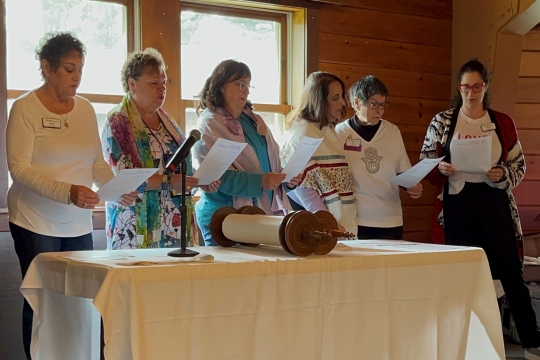
Parashat Yom Rishon shel Rosh HaShanah
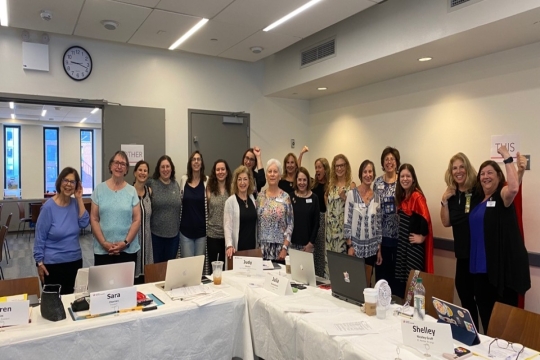
Cultivating a Culture of Accountability and Belonging
